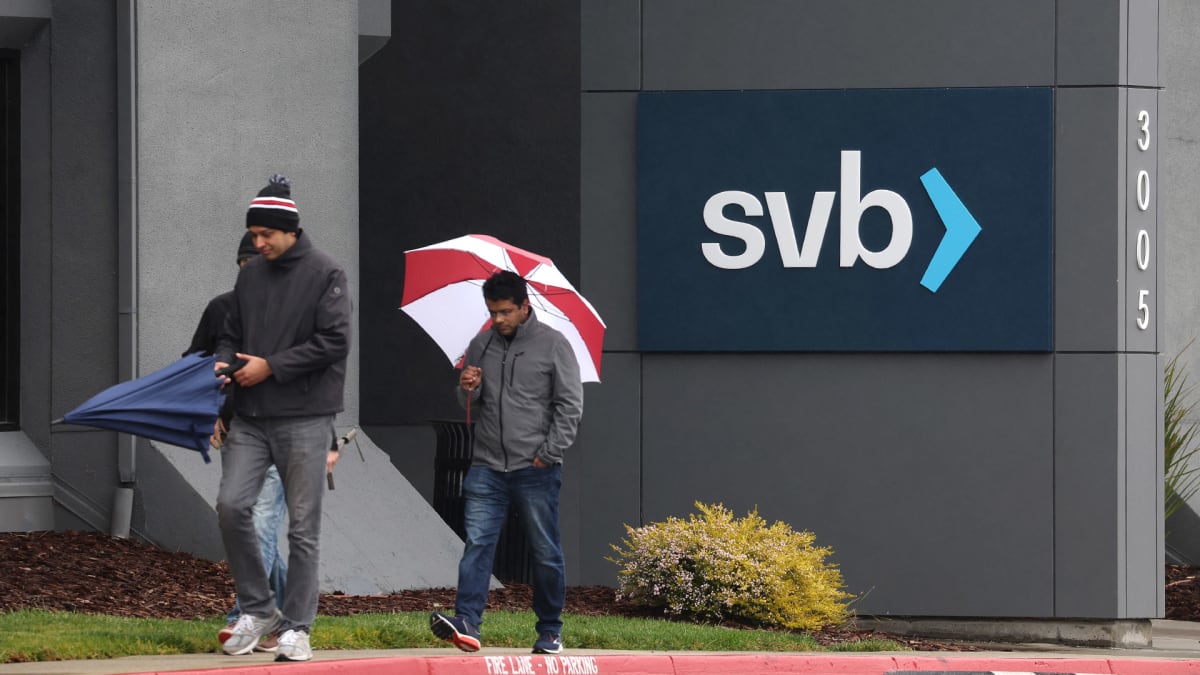
Bailout is a dirty word in financial circles, so much so that government officials are going to great lengths to avoid calling their bailouts of Silicon Valley Bank and Signature Bank just that.
Those who abhor bailouts point to the issue of moral hazard. That’s the idea that after bailouts, bankers will continue to take excessive risk, confident that the Federal Reserve and government will come to their rescue again if things turn south.
DON’T MISS: Big Banks Best Positioned to Weather Crisis: Morningstar
That’s certainly a valid criticism. But what’s the alternative? If SVB, Signature Bank and First Republic (for which the government helped arrange a private-sector rescue package) were left to fend for themselves, there might have been a mass freakout by depositors at banks around the country. That could lead to a meltdown of our banking system.
So the question boils down to this: do we want to risk moral hazard or risk the collapse of our banking system? The second choice seems a greater risk. The government and Fed decided against bailing out Lehman Brothers in 2008, and financial chaos ensued.
Risk-Taking Behavior is Cyclical
Even if the government and Fed refrain from bailouts, there’s no reason to expect that bankers will suddenly get religion and avoid risky behavior in the future. When things are going well for the economy and financial markets, there will always be bankers taking unsafe risks.
Will they suddenly limit risk-taking because the last time around the government and Fed didn’t bail their industry out? That seems unlikely. It seems more likely that the risk-taking bankers will believe that they aren’t the ones going overboard with risk and that this time is different.
That’s just human nature. The scenario is just a flipside of the fact that when the economy and financial markets are struggling, some bankers shy away even from taking reasonable risks.
Excessive risk-taking seems a natural part of the business cycle’s top and inadequate risk-taking seems a natural part of the bottom. It’s reasonable to argue that the Fed and government should take whatever steps necessary to reduce risk-taking at the top and to increase risk-taking at the bottom.
The idea that we’re better off with unfettered capitalism, where the government stays completely out of economic activity, is a fantasy. And many of those advocating that position work for companies that receive substantial subsidies (direct or indirect) from the government themselves.







